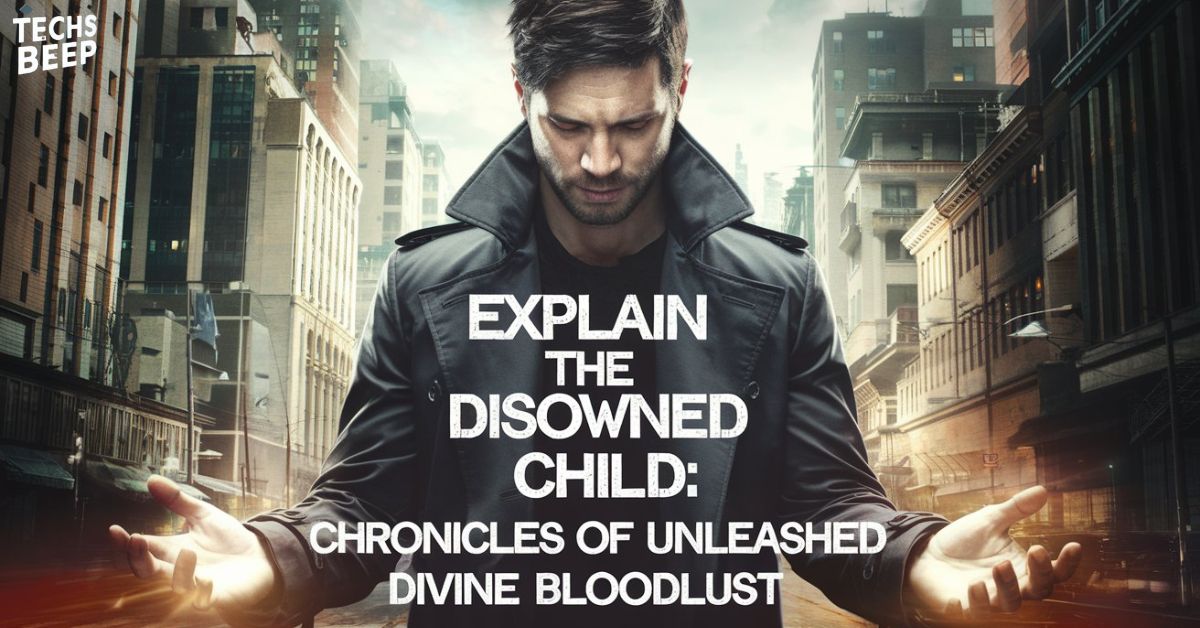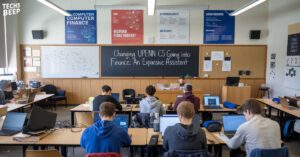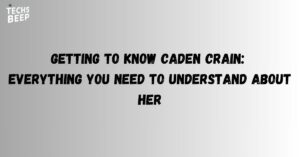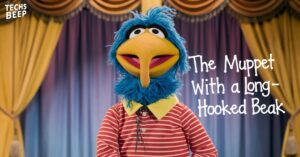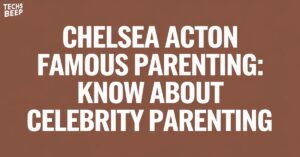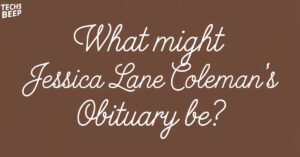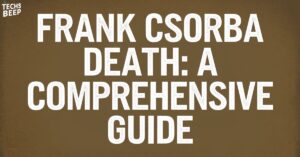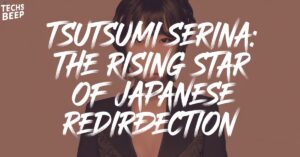In the realm of myth and legend, few tales captivate the imagination quite like The Disowned Child: Chronicles of Unleashed Divine Bloodlust. This epic saga weaves together elements of divine heritage, mortal struggles, and the raw power of celestial fury.
At its core, this narrative explores the journey of a being caught between two worlds – born of divine blood yet cast out from the pantheon. The story delves deep into the complexities of identity, power, and the consequences of unleashing dormant godly abilities.
As we unravel this tale, we’ll explore how the concept of divine bloodlust shapes the protagonist’s path, influences the mortal realm, and challenges our understanding of morality and destiny. Let’s dive into this captivating chronicle that has enthralled audiences across various media and cultures.
Early Phases of Divine Bloodlust
The concept of divine bloodlust finds its roots in ancient mythologies across cultures. These early tales often depict gods and demigods possessed by an insatiable thirst for power, victory, or vengeance.
In Greek mythology, we see examples like:
- Zeus’s wrathful thunderbolts
- Ares’ unquenchable appetite for war
- Poseidon’s tempestuous control over the seas
Hindu mythology provides equally vivid illustrations:
- Kali’s destructive dance
- Shiva’s world-ending tandava
- Indra’s fierce battles against demons
These mythological accounts serve as the foundation for understanding the raw, primal nature of divine bloodlust. They highlight how this force, when unleashed, can reshape landscapes, alter destinies, and challenge the very fabric of reality.
Qualities of the Disowned Child
The disowned child, as a central figure in this narrative, embodies a unique blend of divine heritage and mortal vulnerability. This duality manifests in a range of extraordinary qualities:
- Superhuman Strength: Often surpassing mortal limits
- Ethereal Insight: Glimpses of divine knowledge or foresight
- Elemental Affinity: Connection to natural forces
- Charismatic Presence: An aura that commands attention
- Internal Conflict: Struggle between mortal ethics and divine impulses
These traits set the disowned child apart, making them both a potential savior and a possible threat to the mortal world. Their journey often involves learning to harness and control these abilities, balancing their dual nature.
“To be both divine and disowned is to walk a tightrope between two worlds, never fully belonging to either.” – Anonymous Scholar of Mythology
Move of the Disowned Child
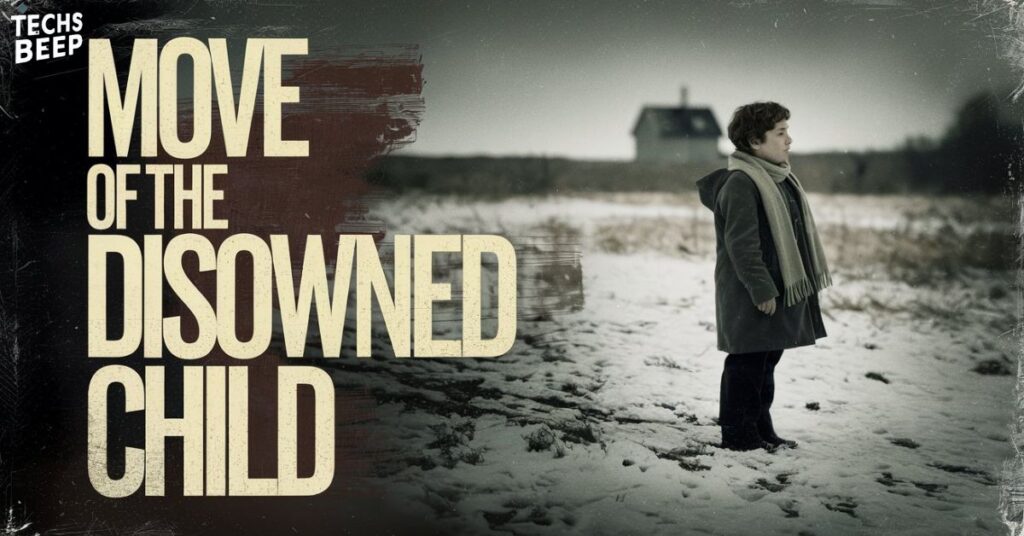
The awakening of the disowned child’s latent powers marks a crucial turning point in the narrative. This “move” or transformation often occurs during moments of extreme stress, danger, or emotional turmoil.
Key aspects of this awakening include:
- Sudden manifestation of divine abilities
- Overwhelming sensory experiences
- Flashbacks or visions of celestial origins
- Physical changes (e.g., glowing eyes, altered appearance)
- Attraction of supernatural entities or phenomena
This pivotal moment sets the stage for the disowned child’s journey of self-discovery and their impact on the world around them. It’s a phase filled with wonder, fear, and the realization of untapped potential.
Influence on Human Regions
As the disowned child comes into their power, their presence inevitably leaves a mark on the mortal world.
This influence can manifest in various ways:
| Positive Impacts | Negative Consequences |
| Protection from threats | Unintended destruction |
| Miraculous healings | Fear and mistrust |
| Technological advancements | Power struggles |
| Cultural renaissance | Religious conflicts |
| Environmental restoration | Natural disasters |
Communities might view the disowned child as a:
- Messiah figure
- Harbinger of doom
- Source of hope
- Threat to established order
Their actions, whether intentional or not, often reshape societies, alter belief systems, and redefine the boundaries between the mundane and the divine.
Battles and Clashes
The journey of the disowned child is fraught with conflict, both internal and external. These battles test their resolve, shape their character, and often determine the fate of entire realms.
Internal struggles might include:
- Reconciling divine power with mortal ethics
- Overcoming feelings of abandonment or rejection
- Controlling bursts of divine bloodlust
- Deciding whether to embrace or reject their heritage
External conflicts often involve:
- Confrontations with other divine entities
- Challenges from mortal authorities or heroes
- Battles against supernatural threats
- Clashes with those who seek to exploit their power
Each of these conflicts serves as a crucible, forging the disowned child’s identity and determining their role in the grand tapestry of existence.
Mission for Recovery
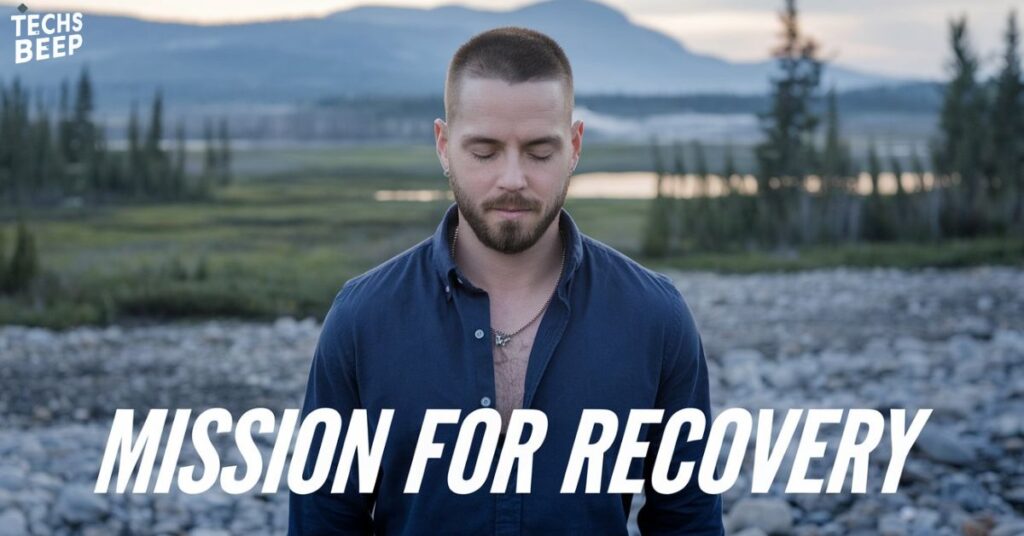
At the heart of many disowned child narratives lies a quest for redemption. This journey often involves:
- Self-discovery: Uncovering the truth of their origins
- Atonement: Making amends for past destructive actions
- Reconciliation: Seeking acceptance from divine or mortal realms
- Purpose: Finding their place in the cosmic order
- Balance: Learning to harmonize their dual nature
This quest might lead the protagonist to:
- Seek out ancient artifacts
- Undertake perilous journeys
- Form unlikely alliances
- Confront their divine parents or siblings
- Sacrifice personal desires for the greater good
The path to recovery is rarely straightforward, often involving setbacks, moral dilemmas, and profound personal growth.
The Incomparable Bloodlust Mannerism
Divine bloodlust, when fully manifested, presents a spectacle of awe-inspiring and terrifying power.
This phenomenon is characterized by:
- Overwhelming surge of energy
- Heightened perception of time and space
- Primal, instinctive reactions
- Temporary loss of moral constraints
- Manifestation of reality-altering abilities
Case Study: The Battle of Forgotten Peaks
In one legendary account, a disowned child named Ara’thel faced an army of otherworldly invaders. When cornered, Ara’thel’s divine bloodlust awakened, resulting in:
- Mountains reshaped into weapons
- Time distortions trapping enemies
- Storms of celestial fire
- Healing of an entire wounded army
- Creation of a new landmark: The Scar of Heaven
This display of power often comes at a great cost, leaving the disowned child physically drained and emotionally scarred.
Researching Moral Haziness
The narrative of the disowned child frequently explores the blurred lines between good and evil.
This moral ambiguity stems from:
- Actions driven by divine impulses rather than human morality
- Unintended consequences of well-meaning interventions
- The perspective gap between mortal and divine understanding
- Conflicts between personal desires and cosmic responsibilities
Ethical dilemmas might include:
- Sacrificing few to save many
- Choosing between divine duty and human connections
- Deciding whether to embrace or reject godhood
- Interfering in mortal affairs vs. maintaining divine distance
These moral quandaries add depth to the character and provoke thought-provoking discussions among audiences.
The Disowned Child Recorded as a printed version and Media
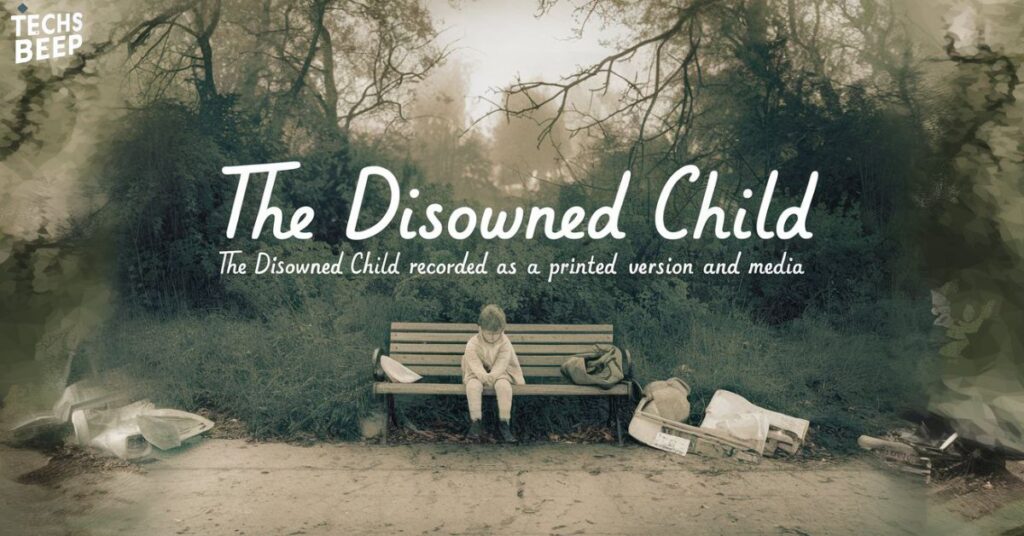
The compelling narrative of the disowned child has found expression across various media:
- Literature:
- Epic poems
- Fantasy novels
- Graphic novels
- Young adult series
- Film and Television:
- Blockbuster movie franchises
- Animated series
- Streaming platform originals
- Documentary-style explorations
- Gaming:
- Role-playing video games
- Mobile apps
- Tabletop RPGs
- Interactive fiction
- Art and Music:
- Concept albums
- Visual art exhibitions
- Opera and musical theater
- Digital interactive experiences
Each medium brings unique perspectives to the core themes, expanding the narrative’s reach and impact.
Social Resonations
The tale of the disowned child resonates across cultures, tapping into universal human experiences and aspirations:
- Identity and Belonging: Reflecting the search for one’s place in the world
- Power and Responsibility: Exploring the consequences of great abilities
- Nature vs. Nurture: Questioning the influence of heritage vs. environment
- Redemption and Second Chances: Offering hope for personal transformation
- Cosmic Justice: Pondering the fairness of fate and divine will
These themes allow audiences from diverse backgrounds to connect with the narrative, finding reflections of their own struggles and hopes in the protagonist’s journey.
Read this article: Unlock the Secret to Youthful, Glowing Skin with the Angelicatlol Facial
Refining the Sublime
As the disowned child narrative evolves, modern interpretations often focus on humanizing the divine.
This refinement involves:
- Exploring the emotional vulnerabilities of godly beings
- Questioning the nature of divinity itself
- Examining the impact of human experiences on divine perspectives
- Challenging traditional notions of good and evil
- Incorporating contemporary social issues into mythic frameworks
This approach adds nuance to the tale, making it more relatable and thought-provoking for modern audiences.
Defeating Inclination
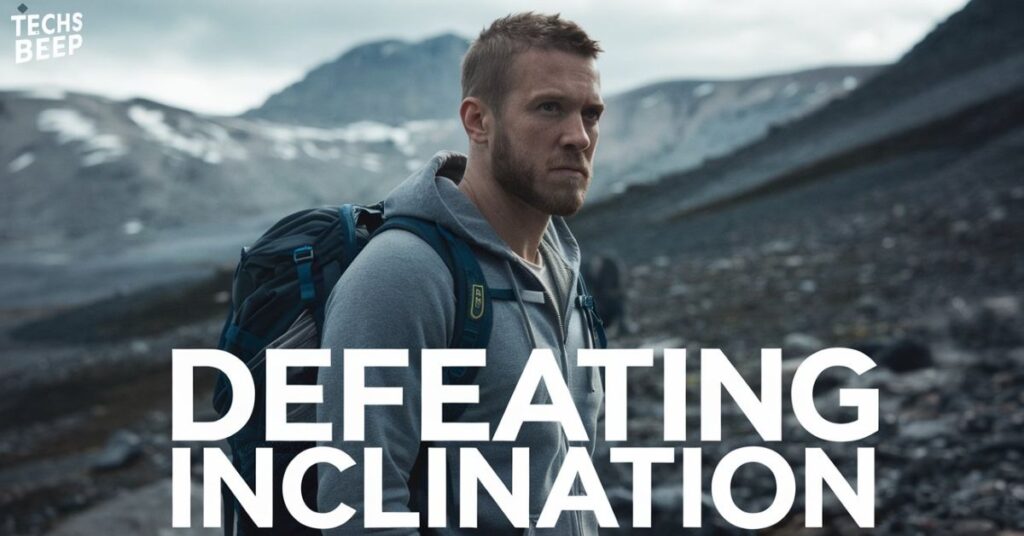
A crucial aspect of many disowned child stories is the triumph over predetermined fate.
This theme manifests in various ways:
- Resisting prophecies of destruction
- Choosing compassion over divine wrath
- Forging alliances across divine and mortal realms
- Redefining the concept of heroism
- Challenging the authority of established pantheons
By overcoming inclinations tied to their divine bloodline, the protagonist often paves the way for a new understanding of free will and destiny.
Future of Divine Bloodlines
As we look to the future of this narrative tradition, several intriguing possibilities emerge:
- Technological Integration: Blending divine powers with futuristic settings
- Multiverse Exploration: Examining alternate realities of divine heritage
- Environmental Themes: Connecting divine bloodlines to nature’s balance
- Psychological Depth: Delving deeper into the psyche of divine-mortal hybrids
- Interactive Narratives: Allowing audiences to shape the story’s outcome
These potential directions promise to keep the disowned child chronicles fresh and relevant for generations to come.
Final Words
The Chronicles of Unleashed Divine Bloodlust stand as a testament to the enduring power of myth and storytelling. Through the lens of the disowned child, we explore fundamental questions about identity, power, and the human condition.
As this narrative continues to evolve, it offers both entertainment and profound insights. It challenges us to consider our own potential for greatness and the responsibilities that come with power.
In the end, the tale of the disowned child reminds us that even in a world of gods and monsters, it’s our choices and actions that define who we truly are.
Frequently Asked Questions
What is divine bloodlust?
Divine bloodlust is an overwhelming surge of godly power and primal instinct.
Are disowned child stories based on real myths?
They draw inspiration from various mythologies but are largely modern creations.
Can a disowned child become fully human or divine?
This varies by story, but often involves a choice or transformation.
Why are disowned child stories popular?
They explore universal themes of identity, power, and belonging.
Are there female disowned child characters?
Yes, many modern interpretations feature female or non-binary protagonists.
